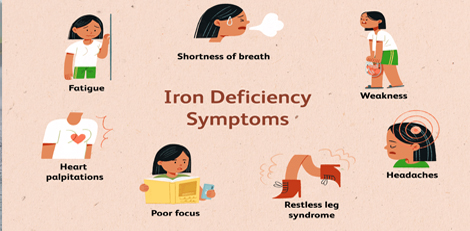People affected by parasitic worm are more likely to acquire HIV, says new study
Posted on: 05/Aug/2016 10:36:21 AM

A new study says that people infected with a common parasitic worm may be twice as likely to acquire HIV than people who are not infected with it. The study says that W bancrofti causes most cases of lymphatic filariasis or elephantiasis in sub-Saharan Africa. The study was conducted by researchers at the University of Munich, or LMU, in Germany and the findings were published in The Lancet journal.
According to data, lymphatic filariasis currently affects 120 million people, mostly in Asia, Africa, the western Pacific, and parts of the Caribbean and South America, and causes abnormal enlargement of limbs, leading to pain, severe disability and social stigma. The findings of the research add a strong argument for tackling this neglected disease, which not only causes morbidity, but may also increase the risk of HIV infection.
W bancrofti is a mosquito borne parasitic worm called helminth. Worldwide, it causes 90 per cent of lymphatic filariasis cases, a disease commonly known as elephantiasis, which is a neglected tropical disease.
The current study was conducted between 2006 and 2011. 2699 people from the Kyela district of Mbeya, southwest Tanzania were analysed. Participants were visited once annually for five years and interviews were conducted to measure behavioural factors involved in HIV acquisition such as sexual activity. Samples of blood, urine, stool and sputum were collected to test for HIV and for W bancrofti infection.
Say the researchers, Participants with lymphatic filariasis were twice as likely to become infected with HIV as those without lymphatic filariasis. Overall, there were 1.91 new HIV infections per 100 person-years in patients with lymphatic filariasis, versus 0.80 new HIV infections per 100 person-years in patients without lymphatic filariasis. Of 1,055 HIV-negative patients with lymphatic filariasis, 32 contracted HIV within 3 years, and the effect of lymphatic filariasis was highest among adolescents and young adults, appearing to more than triple the relative risk of HIV acquisition in 14-25-year-olds. W bancrofti worms live in the lymphatic system of patients, often without symptoms, for years. The long disease duration of W bancrofti infection, which is around 10 years, creates an ongoing immune response, which we suspect might leave infected persons more susceptible to HIV infection. Prevention of W bancrofti infection currently focuses on using mosquito nets and other repellents, as well as treatment with antifilarial drugs such as diethylcarbamazine, albendazole, or ivermectin.







